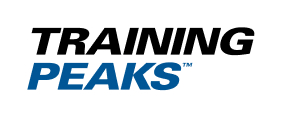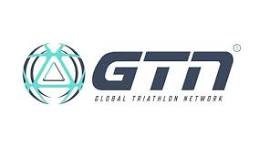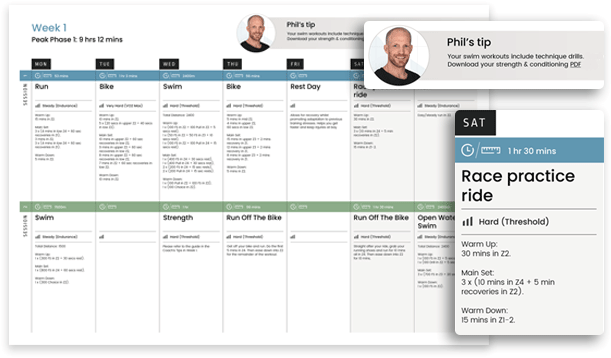Heart Rate Training Zone Calculator
By MyProCoach
Use this simple calculator to estimate your heart rate training zones based on your age, or enter your exact maximal heart rate if you know it. You can then print your results or download as a PDF. Also you can read below for more about heart rate training zones and our best tips when using them. Enjoy!
Maximum Heart Rate Training Zone Calculator
Now, enter your maximum heart rate into the box below to work out your training zones.
(As a more accurate method of estimating your max heart rate, you could base it on the highest heart rate you’ve seen during a race in the last six months. Or do this field test instead).
| Heart Rate Training Zones | Feel | Heart Rate (beats per minute) |
|---|---|---|
| 1 | Easy | |
| 2 | Steady | |
| 3 | Moderately Hard | |
| 4 | Hard | |
| 5 | Very Hard |
- Detailed 8- and 12-week printable running or triathlon PDF training plans
- Training that's personalized to your heart rate zones
- Beginner, Intermediate & Advanced versions
Join our community of heart-rate-driven endurance athletes and take the leap towards a healthier, stronger you!
*Plus, you’ll also receive free regular training tips from head coach Phil Mosley! Unsubscribe at any time.
About Heart Rate Training
Back in the 1990’s, World Champion IRONMAN triathletes like Paula Newby-Fraser and Mark Allen were dominating the sport, using heart rate (HR) for all their key sessions.
Six-time World Champion Allen even said: “During my 15 years of racing in the sport of triathlons I searched for those few golden tools that would allow me to maximize my training time and come up with the race results I envisioned. At the top of that list was heart rate training.”
Heart rate training enables you to focus in on different training intensities. For Allen this meant training for several months at a time below 155 beats per minute, to develop his ability to use fat as a fuel.
To begin training like this, you need to establish your own set of personal heart rate training zones.
Step 1. Work out your maximum heart rate
Find a good hill that takes you about two minutes to run up. The test begins around five minutes before the hill. Gradually accelerate towards the hill achieving around 85% effort at the base of the hill. As you hit the hill, maintain your speed by increasing your effort. Your heart rate will rise and you will quickly tire. Keep an eye on your HR watch and make a mental note of your highest heart rate as you work towards the top of the hill.
For a more accurate test (but slightly more complex), you could try this one instead.
Doing a maximum heart rate field test while unprepared is a surefire way to end up in maximum distress. If you are unsure, consult your physician before undertaking the test.
If you don’t want to do a fitness test, you have two (less accurate) options.
Option 1: Just use the highest heart rate you’ve seen during a race or high intensity workout in the last six months. Assume it’s close to being your maximal heart rate.
Option 2: Calculate 220 minus your age, to get an estimate of your max heart rate. You can also do this via our heart rate zone calculator (above).
Step 2. Work out your heart rate zones
Once you’ve worked out your maximum heart rate, you can divide your heart rates into training zones using our zone calculator above. Or simply use your own handheld calculator, based on the percentages below.
Zone 1: Easy – 68% to 73% of max HR. Useful for encouraging blood flow, to aid recovery after a tough workout.
Zone 2: Steady – 73% to 80% of max HR. Training in this zone will boost endurance and the efficiency with which you use fat and carbohydrates as fuel.
Zone 3: Moderately Hard – 80% to 87% of max HR. Training in the upper end of this zone is thought to enable you to delay fatigue caused by lactic acid. Repetitions should be 10-20 minutes long, with relatively short recoveries of 1 to 3 minutes.
Zone 4: Hard – 87% to 93% of max HR. Boosts lactate threshold, but training in this zone will soon lead to fatigue. Use this zone for 3 to 10 minute repetitions with 1-2 minute recoveries.
Zone 5: Very Hard – 93-100% of max HR. Training in this zone is only possible for short periods, and helps you develop top-end speed. Train att this intensity for short repetitions of 1 to 3 minutes, with a similar amount of time as recovery.
Further Heart Rate Zone Tips
- Once you have your own set of zones, you can start to differentiate between your training intensities. As a general rule of thumb, for endurance sports such as running, cycling and triathlon you should aim to do 80% of your training in Zones 1 to 2 (mainly Zone 2). And the remaining 20% of your training in Zones 3 to 5.
- Note that your heart rate zones may differ between sports, such as cycling and running. For example, cycling heart rate zones are commonly 5-8 beats lower than running heart rate zones. If you do both sports, you may need to create two different sets of zones, based on your max heart rate in each one. Or create yourself a set of running zones, and then subtract 5 to 8 heart-beats off each zone, as an estimate of your cycling zones.
- Your heart rate is a reflection of how hard your body is working, in a given moment. Heart rate monitoring is most useful during steady-state workouts, in which you mostly train at one intensity throughout.
- Heart rate monitoring is less useful during workouts that involve short, sharp efforts. This is because your heart-rate may take minutes to fully reflect changes in your intensity. For example, you could run at a steady-state fast pace for 30-seconds, where your heart rate would be continually climbing throughout. Therefore, during short, hard efforts, it’s good to include other measures like pace, power output or Rate of Perceived Exertion to help gauge your intensity.

Phil Mosley (Coach & Founder)
Phil is a recognised expert in the field, having featured on many endurance sports publications. He founded MyProCoach in 2010 to sell premium training plans complete with email coach support for triathlons, duathlons, running & cycling.
Popular Articles


How To Pace a Half Distance Triathlon (such as an IRONMAN 70.3 event)

Trial us with our FREE taster training plans!
- 8- and 12-week PDFs only
- Beginner, Intermediate & Advanced
- No coach support or tracking software
*Plus, you’ll also receive free regular training advice from head coach Phil Mosley! Unsubscribe at any time.







